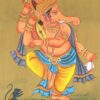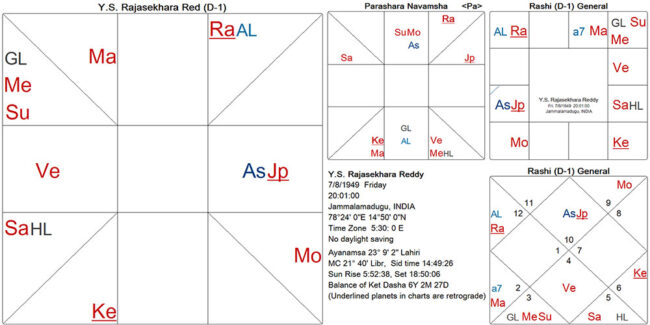Category: Gaṇeśa
Bondage Freedom
Ketu as the mokṣa-karaka is the giver of emancipation of every kind. Most astrologers only look at the spiritual aspect of freedom from rebirth, which truly is the penultimate goal. But there are many types of bondages and one seeks freedom from these or protection from it. Something like jail term for something wrong done or being trapped when you are not the one who committed the crime.
Either way, you need Gaṇeśa as the devatā of ‘Ketu’ for this freedom activation.
Various Ganesha Mantra
Various Bija Mantra for Ganesha. Note that the dhyana bija is the second syllable like गं (gaṁ) or गः (gaḥ).
Ganesh Vidya Yantra
The Ganesha yantra is drawn based on the teachings of Sri Narada in the ‘Ganesha dvadasanama stotra’. The twelve petal lotus is symbolic of the heart lotus and the door of this heart lotus is guarded by Ganesha.
Ucchista Ganesha
This is the dancing form of Ganesha and the meditation etc, visualize Ganesha in a rather jovial, compromising mood. Ucchista Ganesha is worshiped to remove domestic disharmony and the relationship with spouse is improved. All sorts of troubles with in-laws etc vanish and the family gets together and lives happily. For the last two decades we have advised the placing of a statue of dancing Ganesha (idol) near the headstand of the bed and the relationship between couples has improved.
Ganesha Mantras
Beejakshara mantra
Sri Ganapati is the elephant headed son of Sri Shiva, belonging to the divine family that delivers the soul from darkness and sin, the specific function of Sri Ganapati is to teach and drive away ignorance (avidhya). He is represented by Ketu, the significator of emancipation from all kinds of bondage including rebirth.
The Beejakshara of Sri Ganapati is ‘gaM’
Bīja mantra: गं (gaṁ) which is also called the Gītā bīja (for Srimad Bhagavat Gītā) by those learned in mantra śāstra.














 DBC offers online courses in jyotish (Vedic Astrology) taught directly by Sanjay Rath as per the tradition, through narrated power points and other audio tools. The courses are at different levels, from the beginners through the intermediate to the advanced and are known as SoHamsa | DBC courses, with individual classrooms and assistant teachers
DBC offers online courses in jyotish (Vedic Astrology) taught directly by Sanjay Rath as per the tradition, through narrated power points and other audio tools. The courses are at different levels, from the beginners through the intermediate to the advanced and are known as SoHamsa | DBC courses, with individual classrooms and assistant teachers
 Sagittarius Publications is the publisher and distributor the popular quaterly magazine the Jyotish Digest, as well as many thorough books on the subject of Vedic Astrology or Jyotish.
Sagittarius Publications is the publisher and distributor the popular quaterly magazine the Jyotish Digest, as well as many thorough books on the subject of Vedic Astrology or Jyotish. We have an excellent pandit Divākar ‘Deva’ Mishra, who is from the priests of Vindhyāvāsini Siddha Pīṭha to guide you through the hundreds of temples of Kāśi [Varanasi] and neighbouring regions. He can organise your pūjā, keep you safe and take care. He is supported by an English-speaking well-travelled spouse ‘Supriya Mishra’. Please contact them directly for any services, remedial pūjā and tours. They handled the 60+ member Kāśi Jyotiṣa Group 2022.
We have an excellent pandit Divākar ‘Deva’ Mishra, who is from the priests of Vindhyāvāsini Siddha Pīṭha to guide you through the hundreds of temples of Kāśi [Varanasi] and neighbouring regions. He can organise your pūjā, keep you safe and take care. He is supported by an English-speaking well-travelled spouse ‘Supriya Mishra’. Please contact them directly for any services, remedial pūjā and tours. They handled the 60+ member Kāśi Jyotiṣa Group 2022.